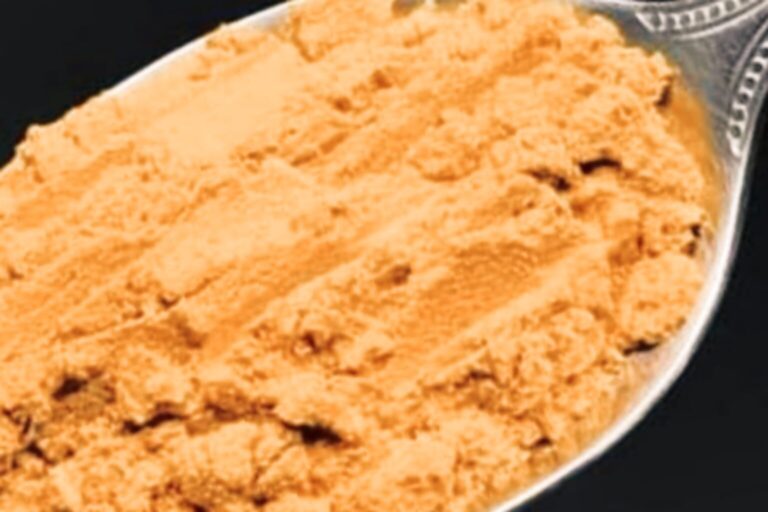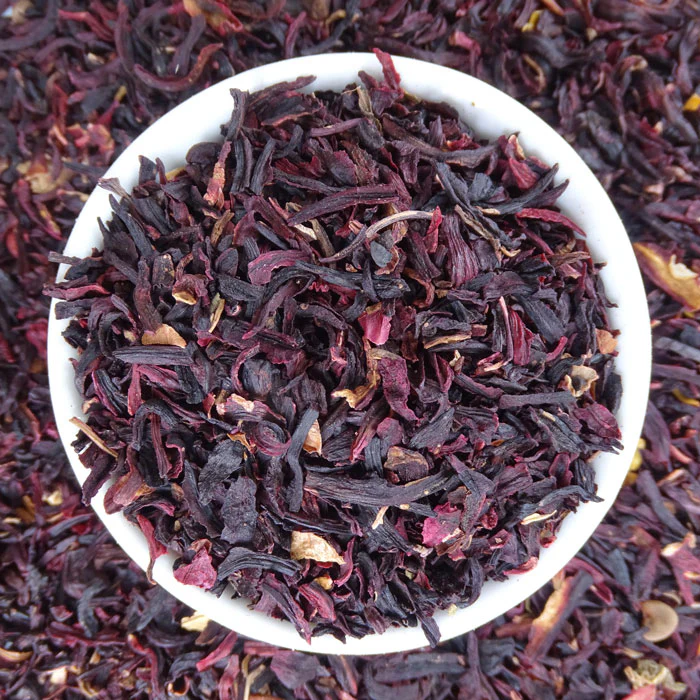When life gives you lemons, don’t throw away the peels! These often overlooked treasures have incredible potential that can revolutionize your home routines. Say goodbye to waste and explore the versatile uses of lemon peels.
Harnessing the Power of Lemon
Lemons are more than just a culinary delight. They possess remarkable qualities like being antiseptic, disinfectant, and antibiotic. These sun-drenched fruits from the Mediterranean symbolize vitality and are cherished worldwide for their culinary and therapeutic benefits.

Discovering the Versatility of Lemon Peels
Beyond the benefits of the fruit itself, lemon peels hold enormous untapped potential. Instead of discarding them, you can use them in various ways to enhance your daily life at home.
Lemon Peels as Powerful Allies in Cleaning
Thanks to their antibacterial power and high citric acid content, lemon peels are excellent household cleaners. They can:
- Act as a rinse aid for dishes, leaving them spotless and fresh.
- Clean sinks and bathtubs, removing stains and odors.
- Banish limescale and soap residue from shower walls.
- Get rid of stubborn coffee stains from pots and pans.
- Disinfect dishes, cutting boards, and kitchen surfaces, ensuring a clean and hygienic environment.
Optimizing Lemon Peels: Tips & Techniques
To make the most of your lemon peels, try creating a simple homemade cleaning solution. Follow these steps:
- Collect the squeezed lemon peels in a glass jar and cover them with white wine vinegar.
- Let the mixture infuse for several weeks until the scent of lemon predominates.
- Dilute the concoction with equal parts water and transfer it to a spray bottle.
- Spritz the solution onto surfaces for a natural and aromatic cleaning experience.
Embrace Eco-Friendly Cleaning
Even after using lemon peels for cleaning, don’t discard them just yet. Take advantage of their residual power by using them as eco-friendly cleaners. Remember to rinse surfaces thoroughly after application, leaving them disinfected and pleasantly scented.
By making use of every part of the lemon, you not only avoid waste but also harness the natural benefits these peels have to offer. Get creative and explore the many ways lemon peels can bring a touch of freshness and efficacy to your home.








